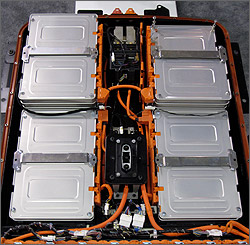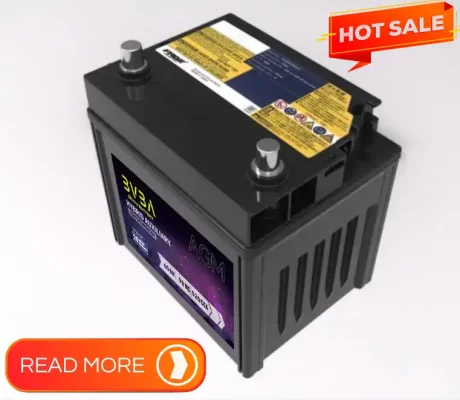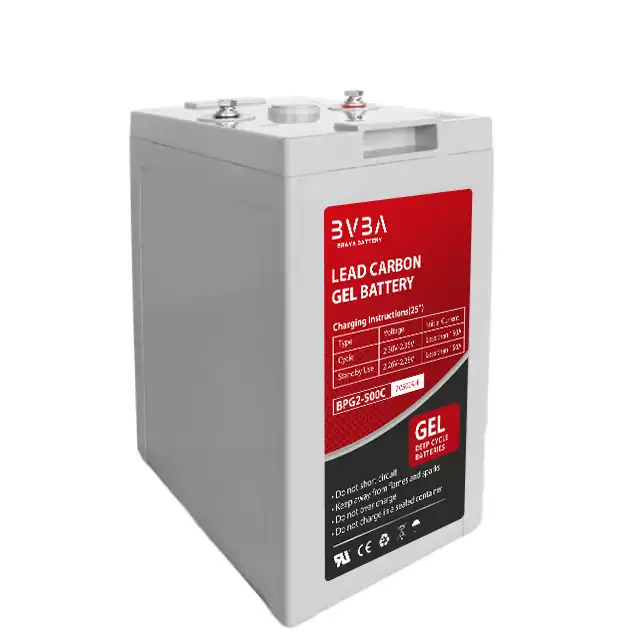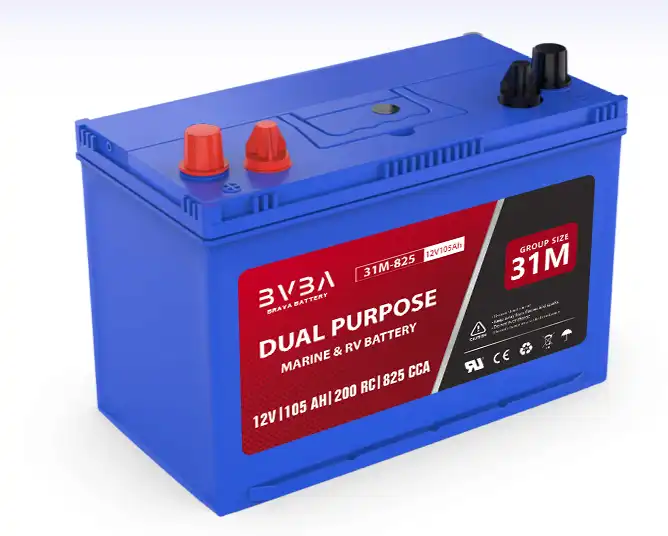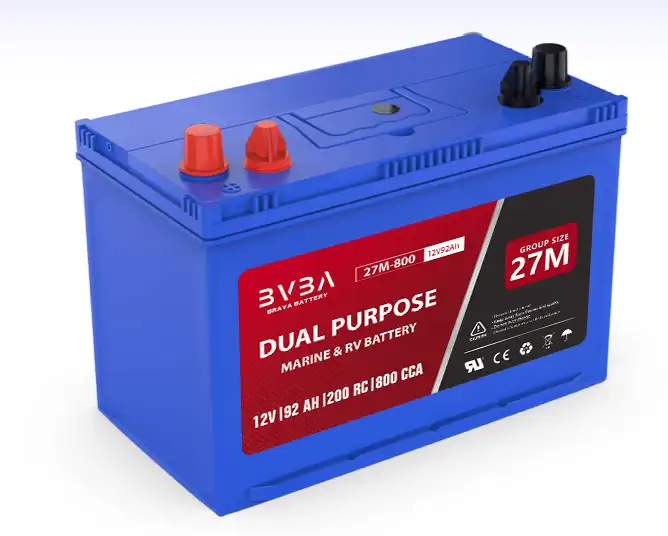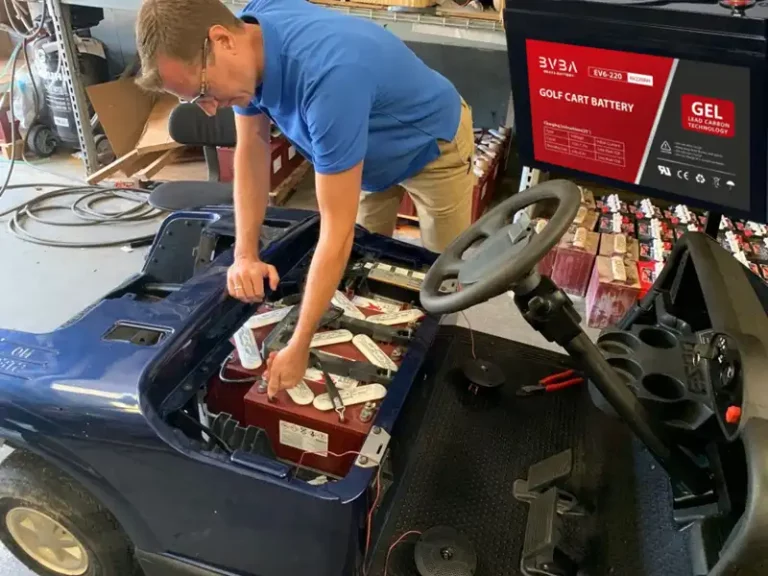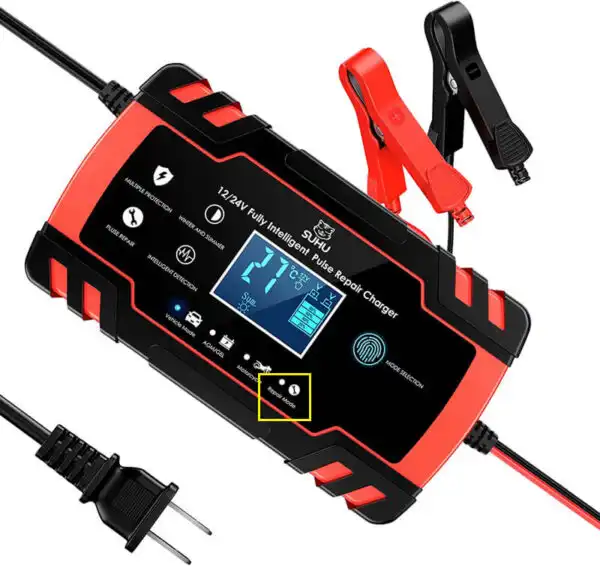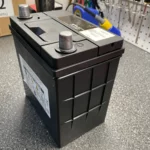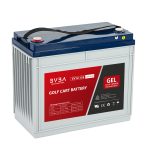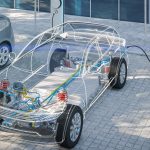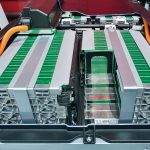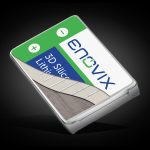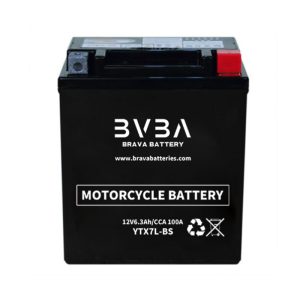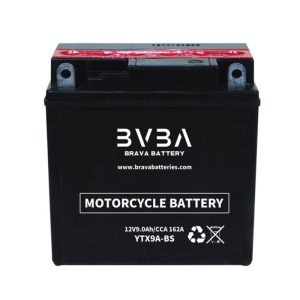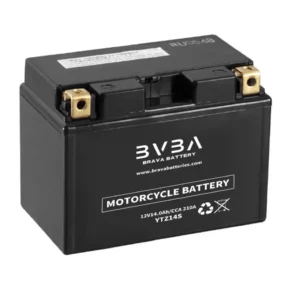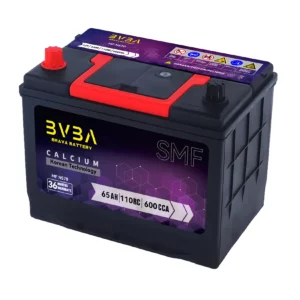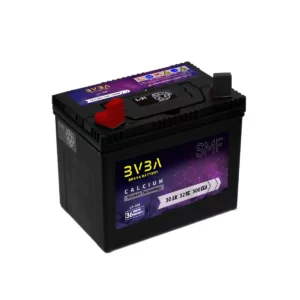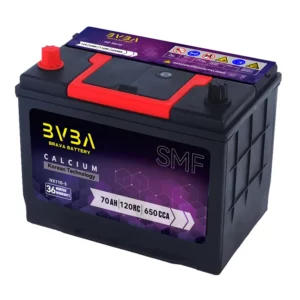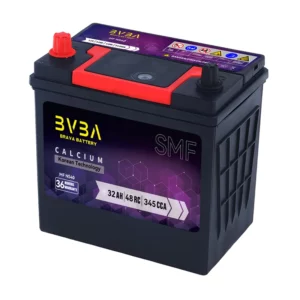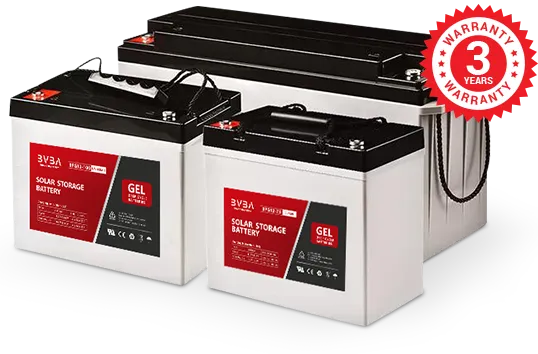Energy storage systems, usually batteries, are essential for all electric vehicles (EV Battery), plug-in hybrid electric vehicles (PHEVs), and and hybrid electric vehicles (HEVs).
Types of Energy Storage Systems
The following energy storage systems are used in all electric vehicles (EV Battery), PHEVs, and HEVs.
Lithium-Ion Batteries
Lithium-ion batteries are currently used in most portable consumer electronics such as cell phones and laptops because of their high energy per unit mass relative to other electrical energy storage systems. They also have a high power-to-weight ratio, high energy efficiency, good high-temperature performance, and low self-discharge. Most components of lithium-ion batteries can be recycled, but the cost of material recovery remains a challenge for the industry. The U.S. Department of Energy is also supporting the Lithium-Ion Battery Recycling Prize to develop and demonstrate profitable solutions for collecting, sorting, storing, and transporting spent and discarded lithium-ion batteries for eventual recycling and materials recovery. Most of today’s all-electric vehicles and PHEVs use lithium-ion batteries, though the exact chemistry often varies from that of consumer electronics batteries. Research and development are ongoing to reduce their relatively high cost, extend their useful life, and address safety concerns in regard to overheating.
Nickel-Metal Hydride Batteries
Nickel-metal hydride batteries, used routinely in computer and medical equipment, offer reasonable specific energy and specific power capabilities. Nickel-metal hydride batteries have a much longer life cycle than lead-acid batteries and are safe and abuse tolerant. These batteries have been widely used in HEVs. The main challenges with nickel-metal hydride batteries are their high cost, high self-discharge and heat generation at high temperatures, and the need to control hydrogen loss.
Lead-Acid Batteries
Lead-acid batteries can be designed to be high power and are inexpensive, safe, and reliable. However, low specific energy, poor cold-temperature performance, and short calendar and lifecycle impede their use. Advanced high-power lead-acid batteries are being developed, but these batteries are only used in commercially available electric-drive vehicles for ancillary loads.
Ultracapacitors
Ultracapacitors store energy in a polarized liquid between an electrode and an electrolyte. Energy storage capacity increases as the liquid’s surface area increases. Ultracapacitors can provide vehicles additional power during acceleration and hill climbing and help recover braking energy. They may also be useful as secondary energy-storage devices in electric-drive vehicles because they help electrochemical batteries level load power.
Recycling Batteries
Electric-drive vehicles are relatively new to the U.S. auto market, so only a small number of them have approached the end of their useful lives. As electric-drive vehicles become increasingly common, the battery-recycling market may expand.
Widespread battery recycling would keep hazardous materials from entering the waste stream, both at the end of a battery’s useful life and during its production. The material recovery from recycling would also reintroduce critical materials back into the supply chain and would increase the domestic sources for such materials. Work is now underway to develop battery-recycling processes that minimize the life-cycle impacts of using lithium-ion and other kinds of batteries in vehicles. But not all recycling processes are the same and require different methods of separation for material recovery:
- Smelting: Smelting processes recover basic elements or salts. These processes are operational now on a large scale and can accept multiple kinds of batteries, including lithium-ion and nickel-metal hydride. Smelting takes place at high temperatures where organic materials, including the electrolyte and carbon anodes, are burned as fuel or reductant. The valuable metals are recovered and sent to refining so that the product is suitable for any use. The other materials, including lithium, are contained in the slag, which is now used as an additive in concrete.
- Direct recovery: At the other extreme, some recycling processes directly recover battery-grade materials. Components are separated by a variety of physical and chemical processes, and all active materials and metals can be recovered. Direct recovery is a low-temperature process with minimal energy requirement.
- Intermediate processes: The third type of process is between the two extremes. Such processes may accept multiple kinds of batteries, unlike direct recovery, but recover materials further along the production chain than smelting does.
Separating the different kinds of battery materials is often a stumbling block in recovering high-value materials. Therefore, battery design that considers disassembly and recycling is important in order for electric-drive vehicles to succeed from a sustainability standpoint. Standardizing batteries, materials, and cell design would also make recycling easier and more cost-effective.
Tag in this article: #EV Battery
Tips: more detail information, for EV battery。

